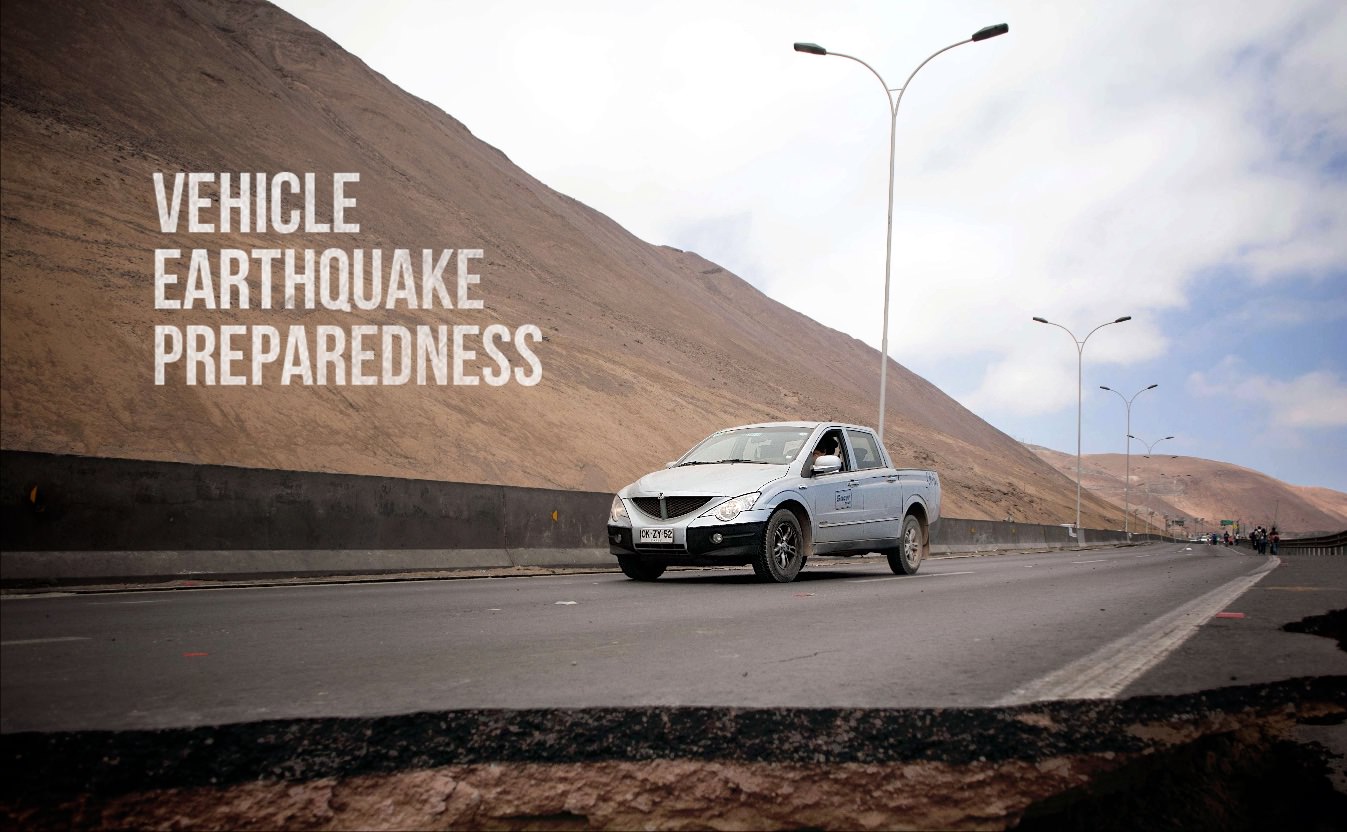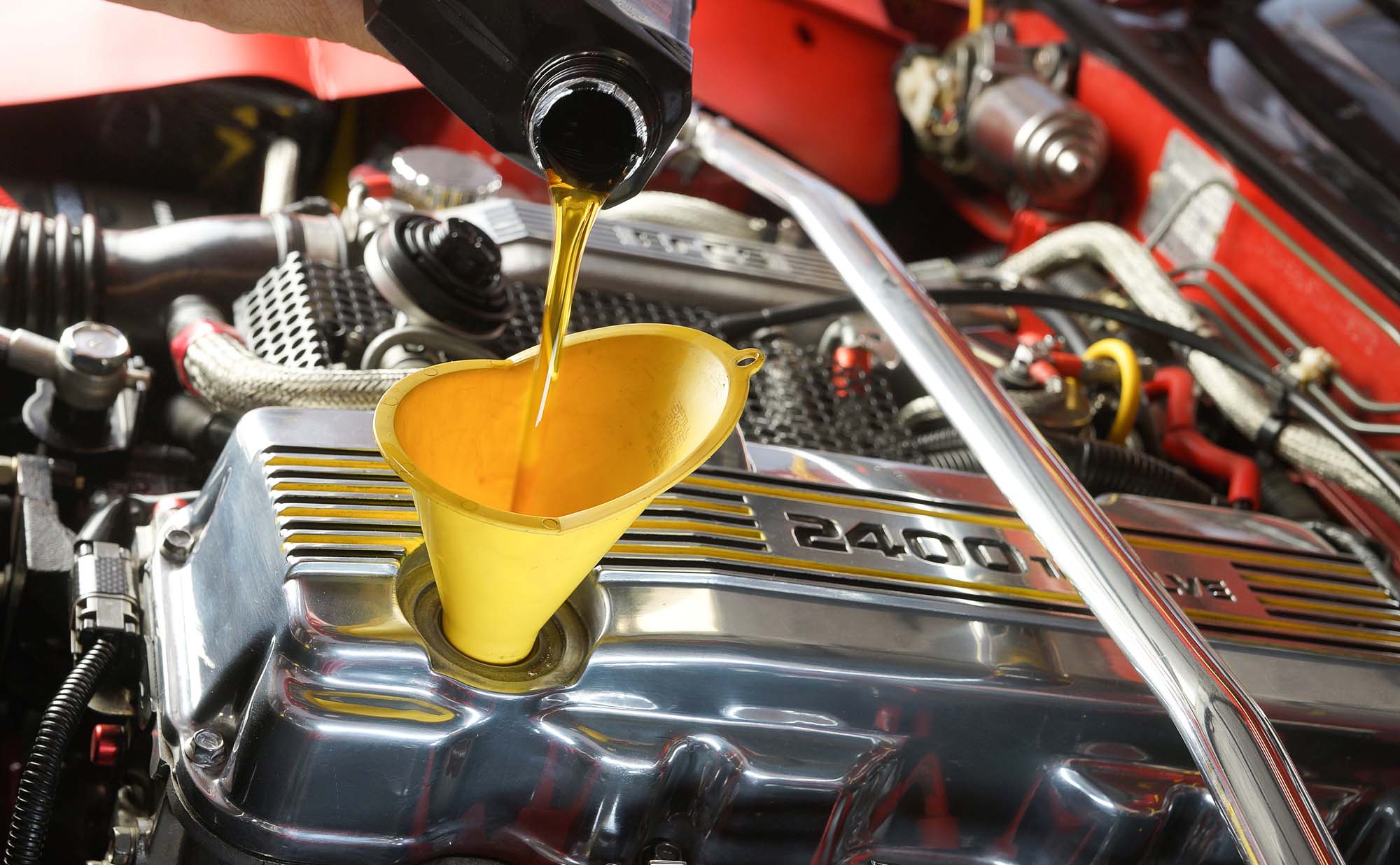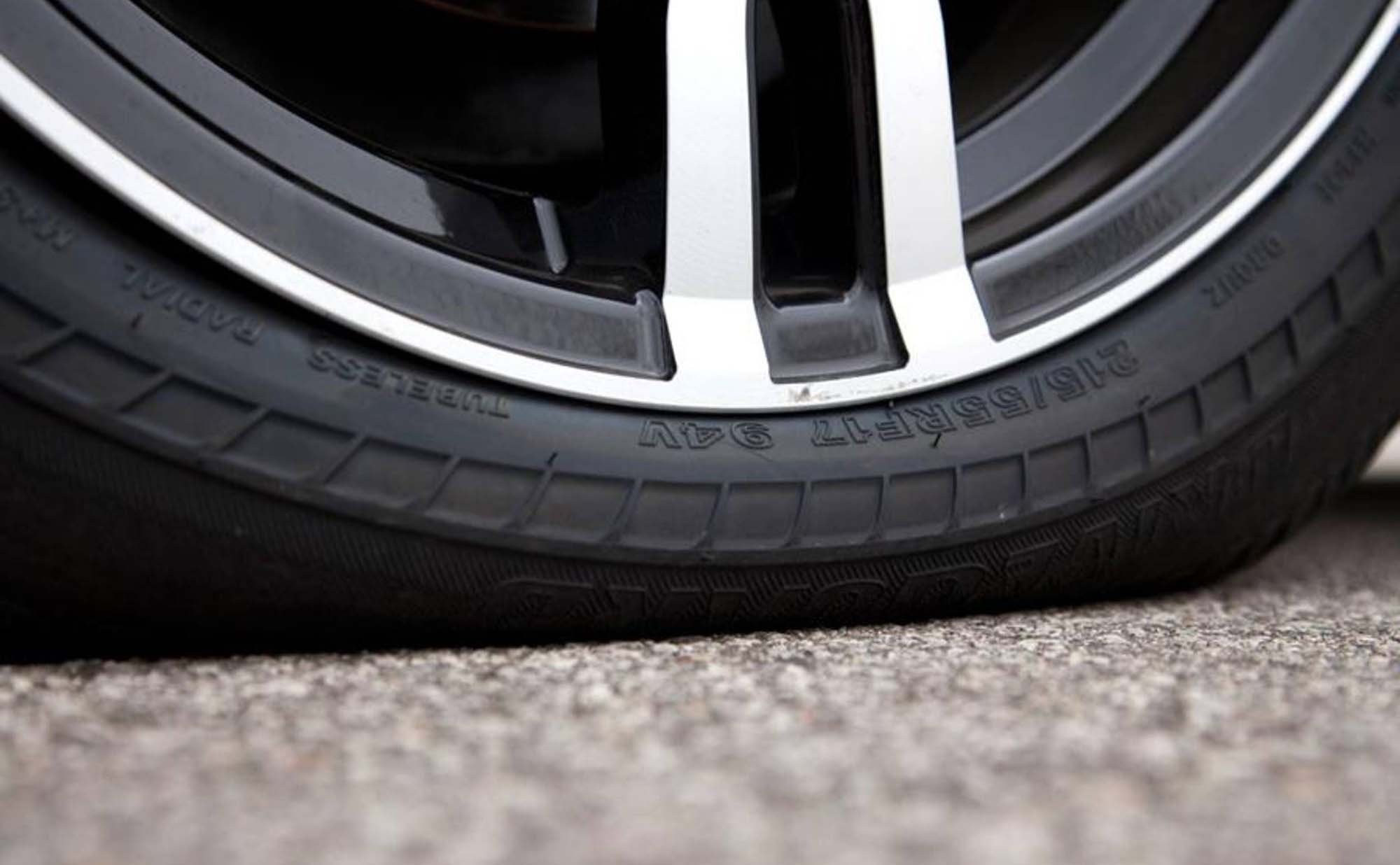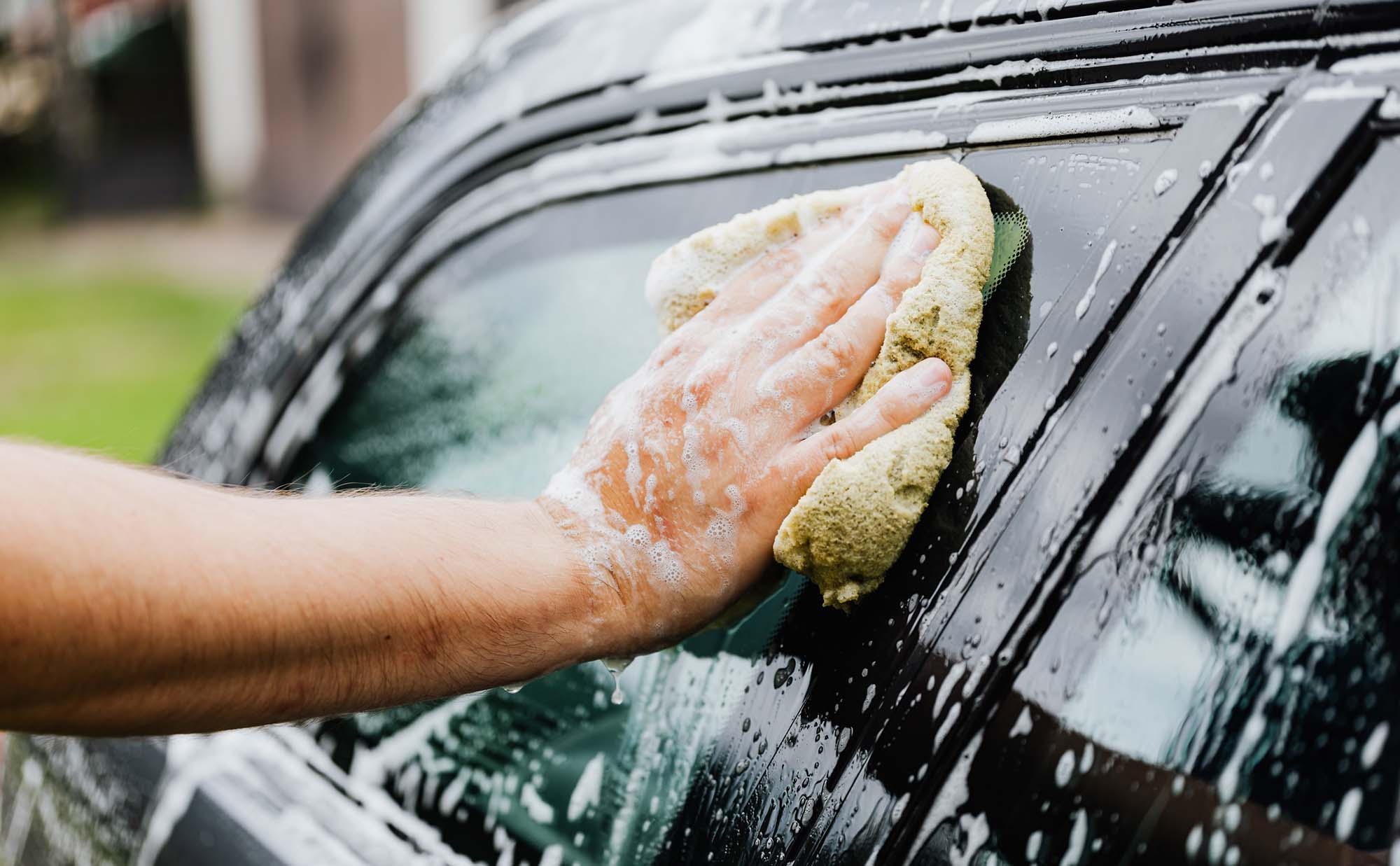In this post, we investigate whether oil additives deliver on their big promises. Here is a summary of what we know and think about oil additives.
It has been two weeks since a fairly substantial 4.8 magnitude earthquake hit North Saanich and gave everyone (and everything) a good shake. The media, along with scientific researchers, have been telling Vancouver Island residents to plan ahead for an even larger earthquake that could cause unprecedented damage. Below we take a look at the three types of earthquakes that could occur on the island and layout a solid plan for what you should have in your vehicle to be prepared if an earthquake hits while you are on the road.
Three Types of Quakes
Victoria magazine “Focus Online” breaks down the three types of earthquakes that could hit the island:
There are three types of earthquake that might occur in the vicinity of Victoria. Megathrust or subduction quakes, triggered when two tectonic plates converge and one starts to move over the top of the other, are the most powerful. Subcrustal earthquakes, occurring within the subducting or lower plate, typically occur 50-70 kilometres below the surface. The third kind are shallow crustal quakes, which have the potential to cause the most damage.
Things to Carry: Food Supplies
After a large earthquake, stores may be closed for several weeks in your area and roads may be unsafe to drive out of your area. That is why you must have a supply of survival food in your earthquake kit. You should have a minimum of a three-day supply per person but a supply of at least a week is recommended. Many people try making their own home earthquake kit but they often don’t realize that store bought food such as canned food only has a 6 month shelf-life. You should focus your food ration on things like energy bars that carry a very long shelf life and pack as many calories as possible into a small package.
Things to Carry: Water
Second to air, water is the most primary element to human survival. You must consider the fact that running water may be either unsafe to drink or simply unavailable after an earthquake. It is recommended that at a minimum you have a 3 day supply of drinking water per person in your earthquake preparedness kit. However, a survival rule of thumb is that you have a gallon of emergency water per person because you will also need it for sanitation purposes. Another option to consider, especially if you are tight on space, is to carry water purification tablets. They can be used to purify up to 5 gallons of dirty water each. To use the tablets you will need a vessel to fill, so you will need to carry a container anyway, but it can be a good option to help you increase your potential water supply in case of an earthquake.
Things to Carry: Lighting & Communication
As electricity may be out for several weeks after an earthquake, you will need emergency lights to navigate through the dark and safely get out of your home in order to travel to a safe location. You will also need an emergency radio to know where a safe place is to travel, flashlights to find your way around, and lightsticks that run for up to 12 hours without batteries. Since batteries have a fairly short shelf life you should purchase solar powered radios and flashlights. Slow-burning emergency candles and waterproof matches are a good idea too, as they provide both light and heat should an emergency strike in winter.
Things to Carry: Emergency Shelter
If you get stuck in your car or have to travel by foot in the cold, you will need proper emergency shelter supplies. That is why you need emergency shelter supplies in your vehicle emergency preparedness kit. Your kit should include an emergency space blanket, which can retain over 90% of your body heat, ponchos to protect you from the weather, and a tube tent for easy emergency shelter from the elements.




